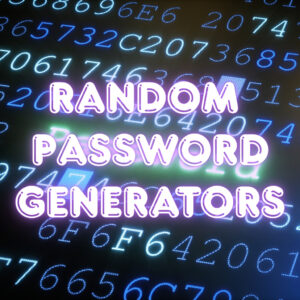When it comes to satisfying your sweet tooth, few desserts can compete with the rich, fudgy goodness of brownies. And if you’re looking for an affordable treat that doesn’t skimp on flavor, our $1 brownies are the perfect solution! In this article, we’ll explore why these delightful desserts are a must-try, how to make them at home, and the best ways to enjoy them.
Why $1 Brownies?

1. Affordability
In today’s world, finding quality treats at a low price can be challenging. Our $1 brownies offer an unbeatable value, making it easy for everyone to indulge in a delicious dessert without breaking the bank. Whether you’re a student, a busy professional, or just someone looking to enjoy a sweet treat, these brownies fit perfectly into any budget.
2. Flavor Explosion
Just because they are inexpensive doesn’t mean they compromise on taste. Our $1 brownies are made with high-quality ingredients that create a rich, chocolatey flavor that will leave you craving more. From classic chocolate to variations with nuts or caramel, there’s a flavor to satisfy every palate.
3. Convenience
Finding time to bake can be difficult, but with $1 brownies, you can enjoy a delicious dessert without the hassle. Perfect for grabbing on the go, these brownies are available at local bakeries, cafes, and even grocery stores. They are the ideal solution for last-minute gatherings or when you need a quick pick-me-up.
How to Make $1 Brownies at Home
If you prefer to whip up your own batch of brownies, here’s a simple recipe that keeps costs low without compromising flavor.
Ingredients
- 1 cup (200g) granulated sugar
- 1/2 cup (115g) unsalted butter, melted
- 2 large eggs
- 1 teaspoon vanilla extract
- 1/3 cup (40g) unsweetened cocoa powder
- 1/2 cup (65g) all-purpose flour
- 1/4 teaspoon salt
- 1/4 teaspoon baking powder
Instructions
- Preheat Your Oven: Preheat your oven to 350°F (175°C) and grease a 9×9-inch baking pan.
- Mix Ingredients: In a large bowl, mix together the melted butter and sugar until well combined. Add the eggs and vanilla extract, stirring until smooth.
- Combine Dry Ingredients: In another bowl, whisk together the cocoa powder, flour, salt, and baking powder. Gradually add the dry mixture to the wet ingredients, stirring until just combined.
- Bake: Pour the brownie batter into the prepared baking pan and spread it evenly. Bake for 20 to 25 minutes, or until a toothpick inserted into the center comes out with a few moist crumbs.
- Cool and Serve: Let the brownies cool in the pan before cutting them into squares. Enjoy your homemade $1 brownies!
Creative Ways to Enjoy $1 Brownies
1. Brownie Sundae
Transform your $1 brownies into a decadent dessert by adding a scoop of vanilla ice cream, drizzling with chocolate sauce, and topping with whipped cream and a cherry.
2. Brownie Trifle
Layer crumbled brownies with whipped cream and your favorite fruits in a glass for an elegant dessert that’s perfect for parties.
3. Brownie Milkshake
Blend brownies with milk and ice cream to create a rich brownie milkshake that’s sure to impress.
4. Brownie Bites
Cut brownies into bite-sized pieces and serve them at gatherings for a fun and easy-to-eat treat.
The Benefits of Choosing $1 Brownies
1. Portion Control
Buying or making $1 brownies allows you to enjoy a sweet treat without overindulging. Their small size makes it easy to practice portion control.
2. Customizable
Whether you prefer nuts, chocolate chips, or sprinkles, $1 brownies can be customized to suit your tastes. Add your favorite ingredients to make them uniquely yours.
3. Perfect for Sharing
Brownies are a crowd-pleaser! Their affordability makes it easy to buy or bake enough for sharing at gatherings, parties, or potlucks.
Finding the Best $1 Brownies Near You

1. Local Bakeries
Check out local bakeries that offer freshly baked brownies. Many bakeries have special deals, especially for bulk purchases.
2. Cafés
Cafés often carry a selection of desserts, including brownies. Enjoy one with your favorite cup of coffee for the perfect pairing.
3. Grocery Stores
Most grocery stores have a bakery section where you can find delicious $1 brownies. Look for sales or promotions to get the best deal!
Conclusion
$1 brownies are more than just a sweet treat; they represent affordability, convenience, and delightful flavor. Whether you’re making them at home or picking them up from a local shop, these brownies are the perfect solution for satisfying your cravings without straining your budget. So go ahead, indulge in the sweetest deal in town and enjoy every chocolatey bite!
With their rich taste and low price, it’s no wonder that $1 brownies have become a favorite among dessert lovers everywhere. Treat yourself today!

